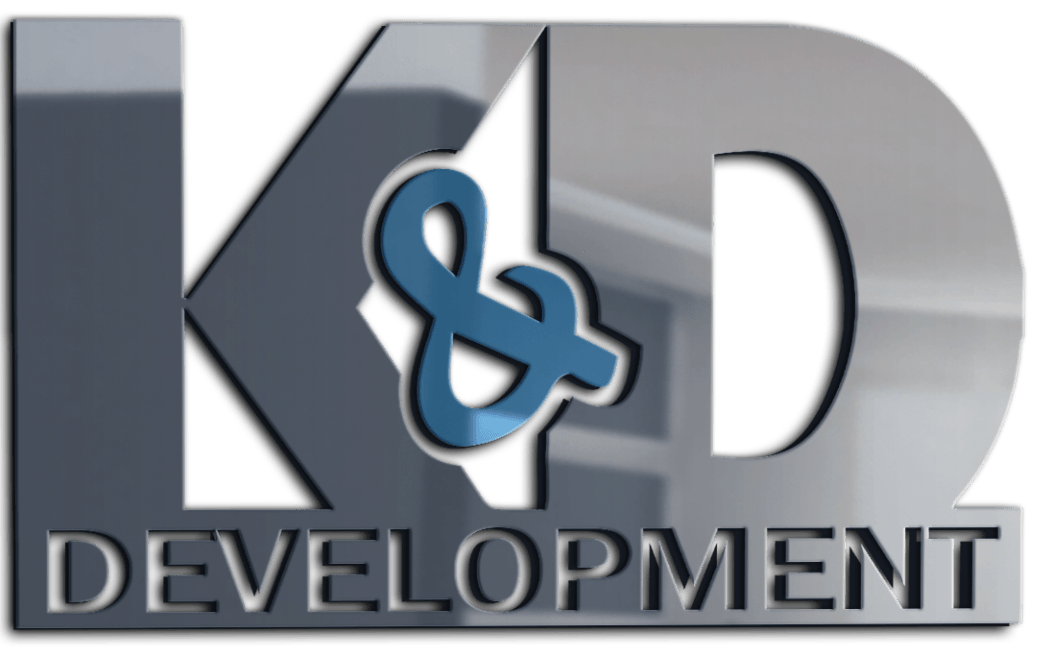What Is Considered Fire Damage: Definition, Insurance, and Assessment
What Is Fire Damage? Definitions, Types, and Insurance Coverage
General Definition of Fire Damage
Fire damage refers to the physical destruction and loss caused by fire and its effects
This includes direct burning or charring of materials and structures, as well as indirect effects like smoke, heat, and water damage.
Common examples include:
- Charring or destruction of wood, drywall, and fabrics by flames
- Structural weakening or collapse of framing and supports due to intense fire.
- Discoloration and corrosion from smoke and soot on walls and surfaces
- Warping or melting of plastics and metals from high heat
- Water intrusion from firefighting efforts (e.g. wet carpets, soaked ceilings
- Lingering smoke odors penetrating walls and contents.
Is Smoke Damage Considered Fire Damage?
Yes – smoke and soot are generally considered part of a fire loss. Smoke damage accompanies most fires and can stain and corrode surfaces even far from the flames.
Standard homeowners and business property policies treat smoke damage as a fire-related peril, so cleanup of smoke and soot is typically covered under a fire damage claim
Fire Damage and Insurance Coverage
Homeowners and commercial insurance typically list fire as a covered peril. In practice, a standard policy will pay to repair or replace damage caused by fire, including both the building and its content
Coverage generally includes:
- Dwelling and structures: Repairing or rebuilding the home, garage, and other buildings damaged by fire
- Personal property: Replacing furniture, clothing, appliances and other belongings destroyed or damaged by fire
- Smoke and soot cleanup: Cleaning or removing smoke residues and soot from walls, ceilings, and contents
- Water damage from firefighting: Drying out and repairing areas affected by water or fire suppression agents
- Odor removal: Professional deodorization to eliminate lingering smoke smell (this is usually included as part of the fire restoration)
- Additional living expenses: (Often covered) Costs for temporary housing and living expenses if the fire forces you out of the home.
Most policies explicitly cover secondary damage caused while fighting the fire. For example, insurance will generally pay to fix walls, carpets, and belongings damaged by water used to extinguish the flames Always review your policy details and work with your agent, as some perils (e.g. flood, earthquake, intentional acts) may be excluded.
Types of Fire Damage
Fire damage is often categorized by its source and effects:
Direct flame damage: This is damage from actual flames and burning. Materials directly exposed to fire will be charred, weakened or consumed. For example, wooden beams, floor joists, or roof trusses may be burned through or structurally compromised. Direct flame damage is usually obvious (blackened walls, holes, collapsed areas) and often requires rebuilding those parts of the structure.
Smoke and soot damage: Smoke can infiltrate the entire building, leaving a film of residue. This soot discoloration can stain walls, ceilings, and contents, and the smoke particles may be acidic, causing long-term corrosion if not cleaned. Even rooms untouched by flames can have heavy smoke damage. Specialized cleaning or replacement is needed to remove soot and restore those areas.
Heat damage: High heat itself (even without contact with flames) can deform or melt materials. For instance, plastics and electronic devices may warp or fail, glass can crack, and metal components can expand or sag under intense heat. Heat damage may not look as obvious as charring, but it can impair the integrity of insulation, siding, piping, or other components.
Water and chemical damage: The water and fire-suppressant chemicals used to put out the fire often soak into structures and contents. Wet drywall, insulation and wood framing can swell, warp, or grow mold if not dried quickly. Carpets, furniture, and cabinets may be heavily waterlogged. Such flooding requires professional water extraction and drying to prevent secondary mold growth and structural rot.
Odor contamination: A persistent smoke odor often lingers after a fire. Smoldering materials and soot leave a strong smell that clings to everything in the building. Even after visible soot is removed, the burnt smell can permeate carpets, ducts, and furniture. Professional fire restoration includes special deodorization (e.g. ozone or thermal fogging) to eliminate these odors.
Fire Damage Assessment and Documentation
After a fire, restoration professionals and insurance adjusters conduct a thorough assessment. An inspector will check all damaged and adjacent areas, examining walls, floors, and contents to determine the extent of fire, smoke, and water damage.. They often work with fire officials to understand what burned and where smoke traveled.
All damage must be documented. Technicians take extensive photos and videos of every affected area. They also create detailed inventories of damaged items or parts of the structure, listing each item with a description, condition, and estimated valuel. Receipts, serial numbers, and purchase dates are included when possible. This visual and written evidence is compiled into a detailed claim report. Keeping clear records and receipts is crucial to ensure you receive full compensation for your fire damage loss.
Careful documentation (including fire department reports, photos, and contractor estimates) helps insurers process the claim. Restoration teams typically provide written scopes of work and itemized repair estimates (often using standard software) to the insurance adjuster. By working closely with professionals and keeping all paperwork organized, homeowners and businesses can streamline the fire damage claim process and maximize their coverage.
Learn more here:

